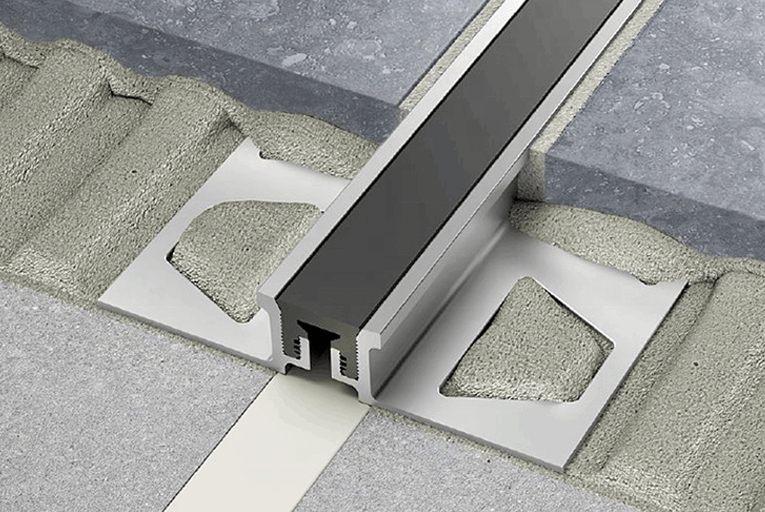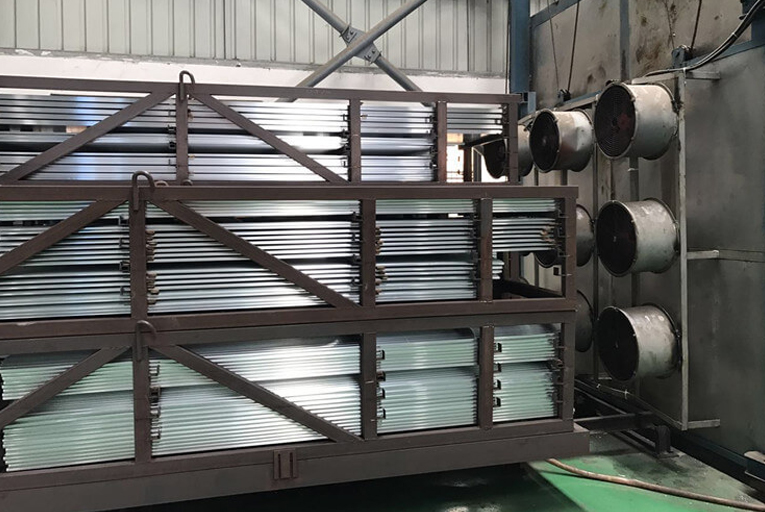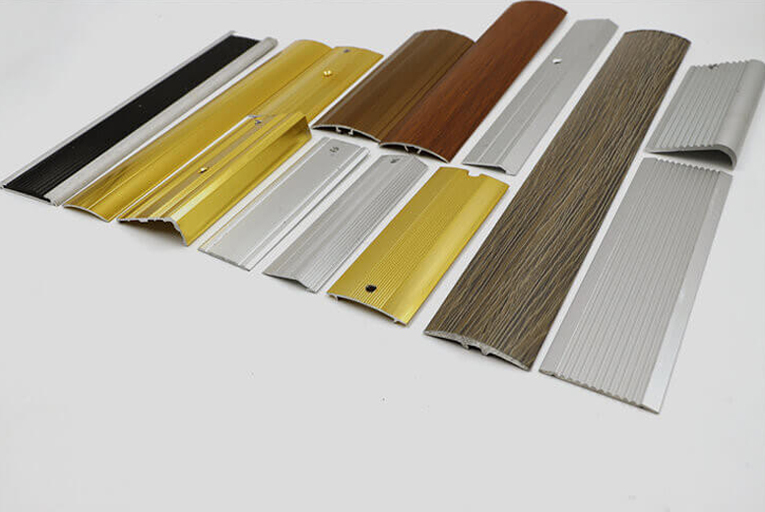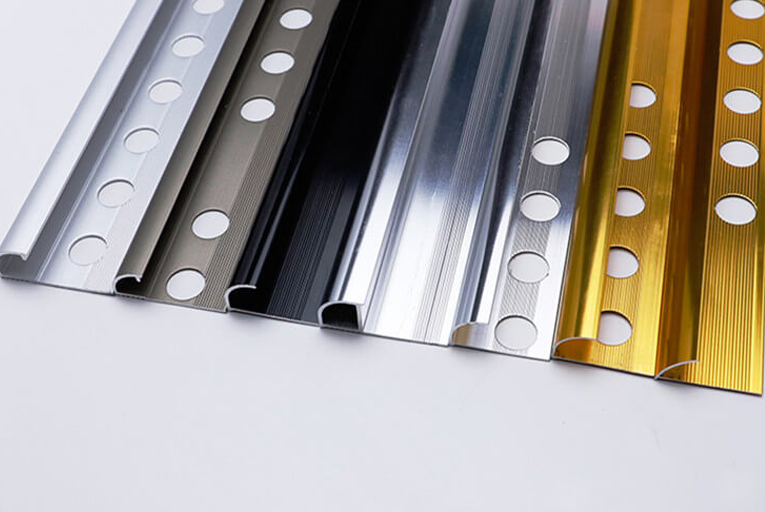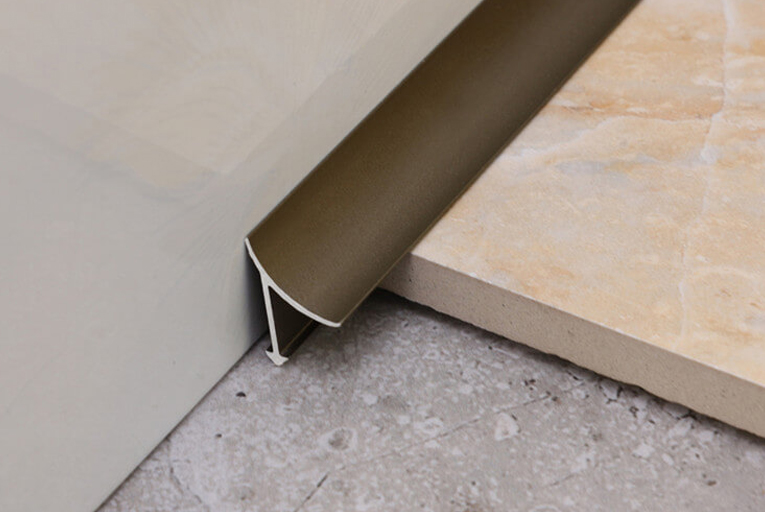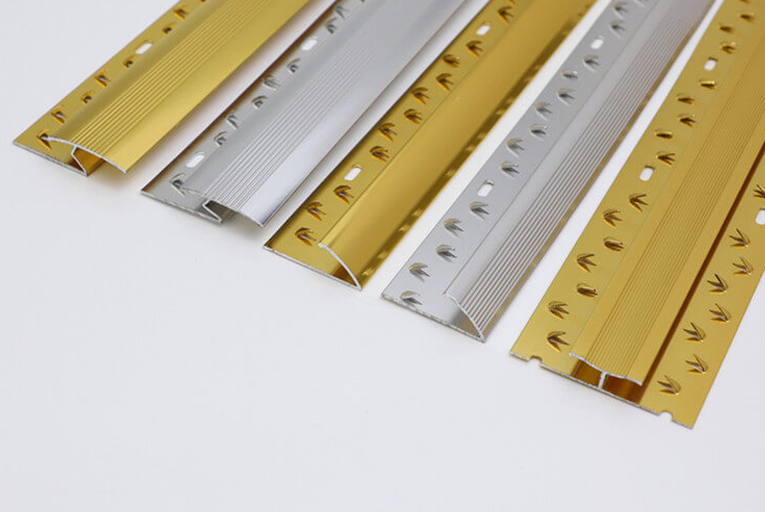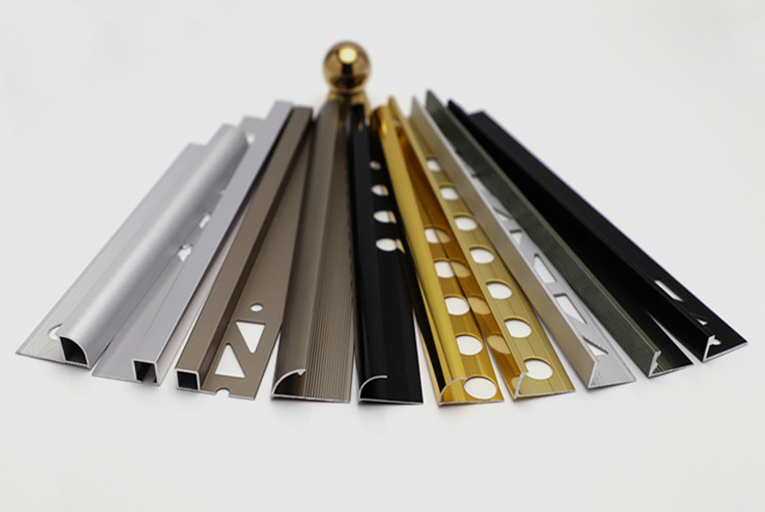Planning for Expansion- The Strategy Behind Effective Tile Expansion Joints
In the realm of tile installation, planning for expansion is crucial to ensure the longevity and aesthetic appeal of your tiled surfaces. Expansion joints, strategic gaps between tiles, accommodate the natural movement of materials due to temperature fluctuations, moisture changes, and shifting foundations. By incorporating these joints into your tile design, you can prevent cracks, buckling, and other costly repairs.
Importance of Expansion Joints
Expansion joints serve several critical functions:
Accommodate Expansion: Tiles, like all materials, expand and contract with temperature changes. Expansion joints provide a buffer space for tiles to move without cracking.
Prevent Buckling: If tiles do not have sufficient space to expand, they may buckle, creating unsightly waves or ridges. Expansion joints allow tiles to move freely, reducing the risk of buckling.
Relieve Stress: Tile installations experience stress from various factors, such as weight, movement, and thermal changes. Expansion joints relieve this stress by creating stress-free zones.
Types of Expansion Joints
Grout Joints: Grout serves as the primary expansion joint in most tile installations. Grout lines provide small spaces for tiles to move slightly.
Perimeter Joints: Perimeter joints are installed around the edges of tile installations to separate tiles from walls, fixtures, or other surfaces. These joints accommodate lateral movement.
Control Joints: Control joints are larger joints placed at regular intervals throughout the tile installation to control the direction and amount of movement. They prevent cracks and stress buildup.
Planning for Expansion Joints
Planning for expansion joints is essential for successful tile installations:
Determine the Required Width: The width of expansion joints varies depending on the type of tile, installation method, and substrate. Generally, larger tiles require wider joints.
Install on a Flat Surface: Expansion joints should be installed on a flat, level surface to ensure uniform movement.
Use a Flexible Grout: Grout should be flexible enough to allow for tile movement without cracking. Consider using a polymer-modified grout for enhanced flexibility.
Seal Expansion Joints: Seal expansion joints with a flexible caulk or sealant to prevent water damage and dirt accumulation.
Maintain the Joints: Regularly inspect expansion joints for any damage or deterioration. Re-caulk or repair joints as needed to ensure their effectiveness.
Benefits of Proper Expansion Joints
Properly planned and installed expansion joints offer numerous benefits:
Increased Tile Longevity: Expansion joints extend the lifespan of tiles by preventing cracks, buckling, and other damage.
Reduced Maintenance Costs: Regular maintenance of expansion joints is minimal, saving you from costly repairs in the long run.
Improved Aesthetics: Expansion joints enhance the overall look of your tile installation by creating clean, uniform lines.
Increased Comfort: In areas subject to temperature fluctuations, expansion joints provide a buffer, reducing noise and crackling from tile movement.
-
Difference Between Sandblasting and Anodizing Surface Treatment of Aluminum Tile Trim
2022-02-09 -
The Different Uses of Tile Outside Corner Edging Trim and Inside Corner Edging Trim
2022-02-09 -
The Most Popular 5 Different Materials of Tile Trim Line
2022-02-09 -
What is Carpet Cover Trim?
2022-02-09 -
The 6 Hottest Tile Trim Solutions for 2021
2022-02-09 -
How to Install Tile Trims Line?
2022-02-09
